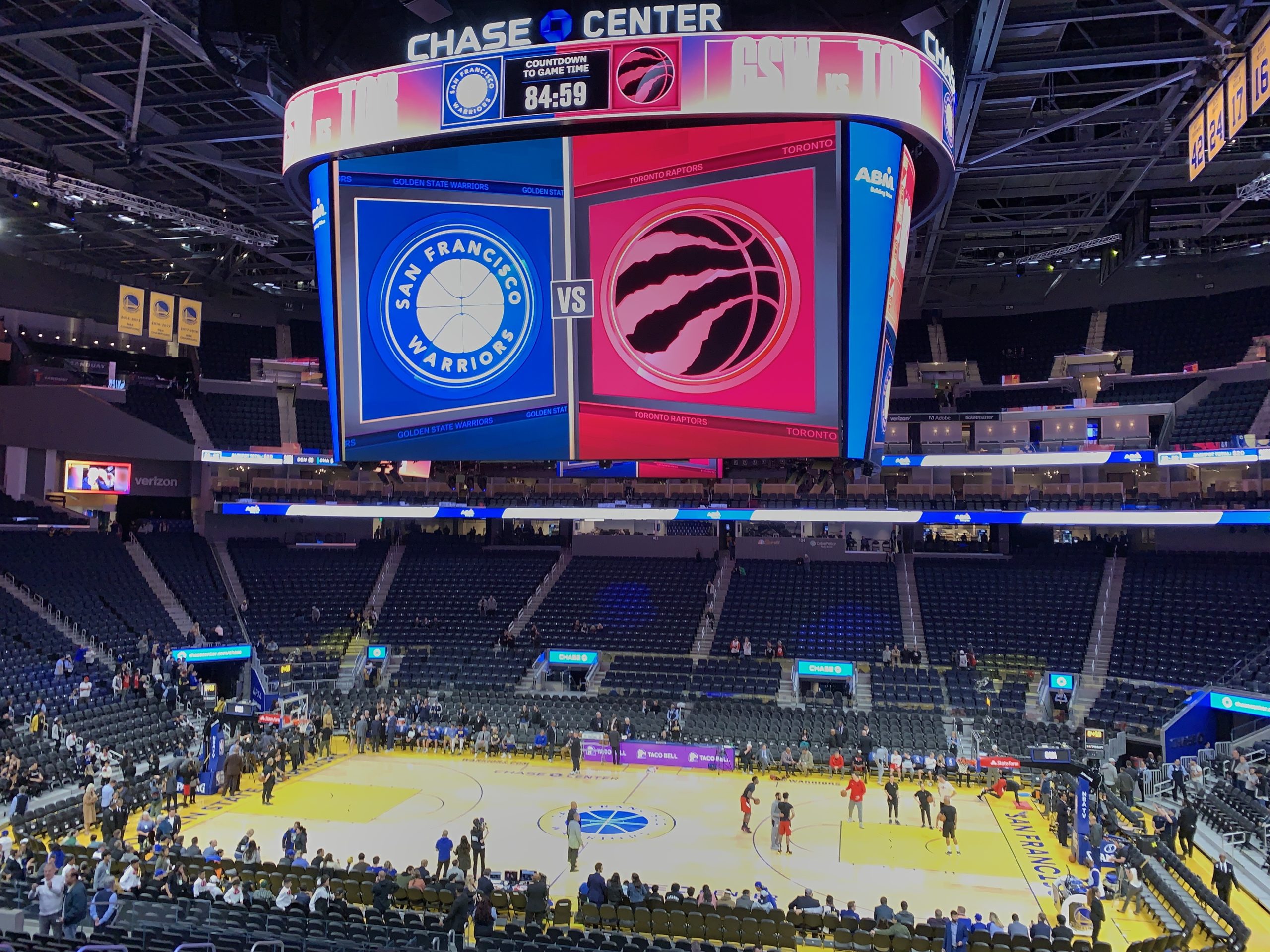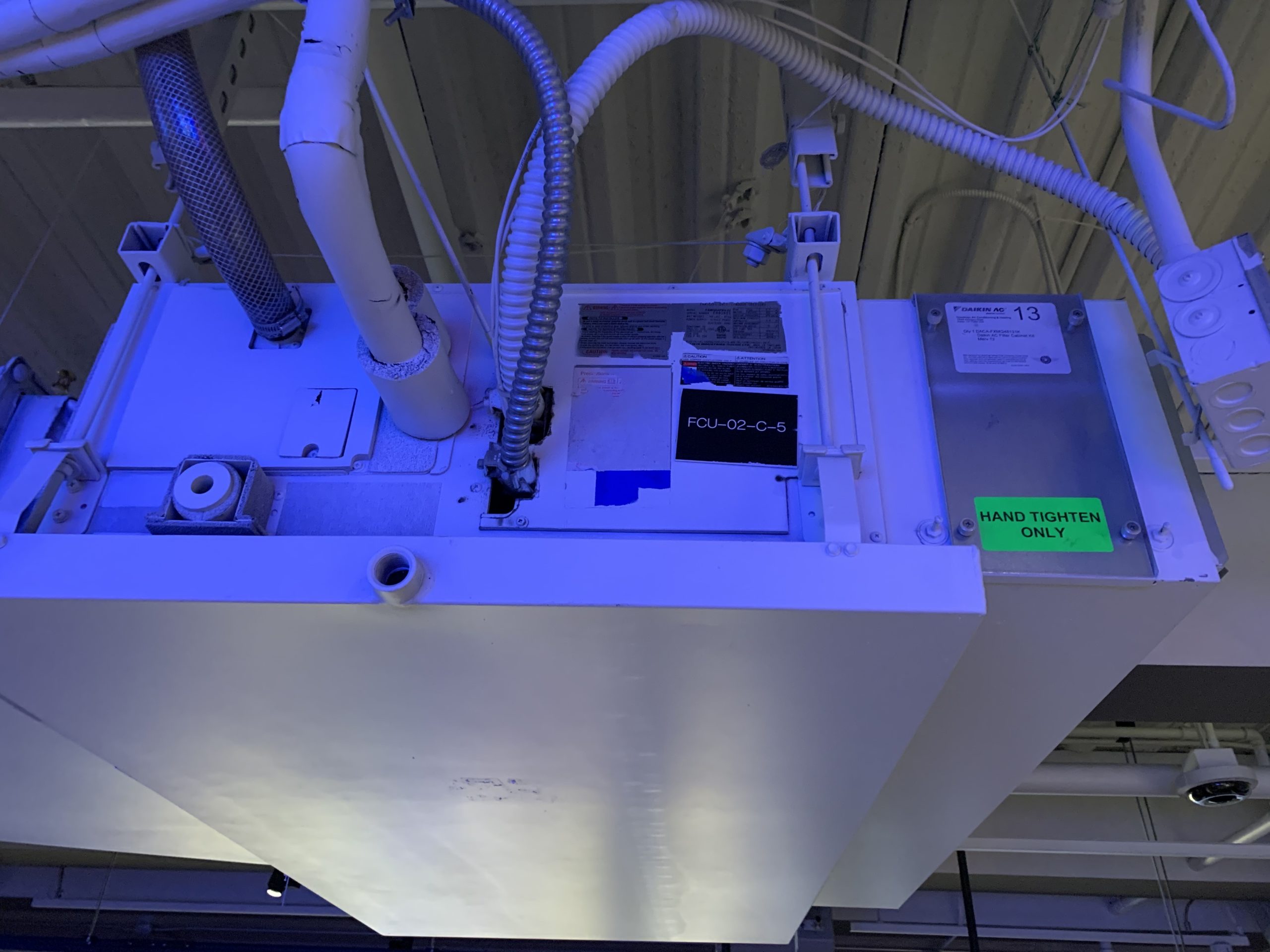One of the advantages of VRF systems is that they’re modular and scalable. From single modules starting at 6 Tons, and then combining modules to form systems up to 42 Tons, we have the ability to combine multiple systems allowing us to condition spaces all the way up to large professional sports arenas. Time for a story…
The year is 2017 and the Golden State Warriors finished the season with a 67–15 record. They steam rolled through the playoffs before meeting Lebron and the Cleveland Cavaliers for the third year in a row. They easily defeat the Cavs 4–1 and were 2016–2017 NBA Champions. A month later, I received plans for the largest, highest profile project I’ve been involved in: The job was called New Warriors Arena which was eventually named Chase Center.
From what I recall, the systems themselves were pretty simple. Each system consisted of water cooled condensing units with ducted fan coils and a few cassettes. But with the size of the arena, we needed over 60 of these systems. Everything was tied together with central controllers.
On March 5th, 2020, Steph Curry made his long awaited return after breaking his hand during the 2019 season. I had a neighbor who had season tickets to the Warriors and he invited me to a game, so of course I took him up on his offer. I distinctly remember going to the game because there were stories in the news about people getting sick and my wife urged me to wear a mask while I took BART to the game. Once I got there, I had to take a look up and I saw a ducted fan coil installed above me. It was cool to know that I had a part in getting that fan coil up there. Admittedly a VERY SMALL part, but a part either way.
P.S. It turned out that that was Curry’s only game at Chase Center that year. We all know what happened a week later.


